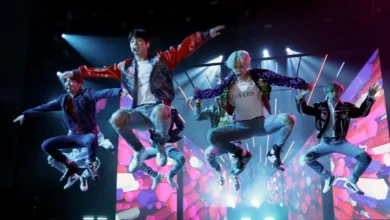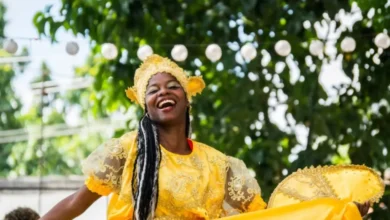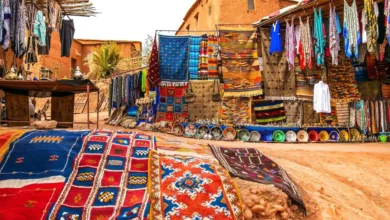Russian culture, with its rich history, dramatic narratives, and profound artistic expressions, has significantly influenced global ballet, literature, and art. This influence transcends borders, weaving its way into the very fabric of these creative domains. From iconic ballets to world-renowned novels and breathtaking paintings, the impact of Russia is undeniable. Let’s explore how this fascinating culture has inspired the world.
The Enduring Legacy of Russian Ballet
When we speak of ballet, Russia’s contribution is monumental. The Russian ballet tradition, particularly that of the Imperial Russian Ballet, established principles and techniques that continue to shape ballet worldwide. The focus on rigorous training, technical precision, and dramatic storytelling created a unique style that captivated audiences and inspired generations of dancers.
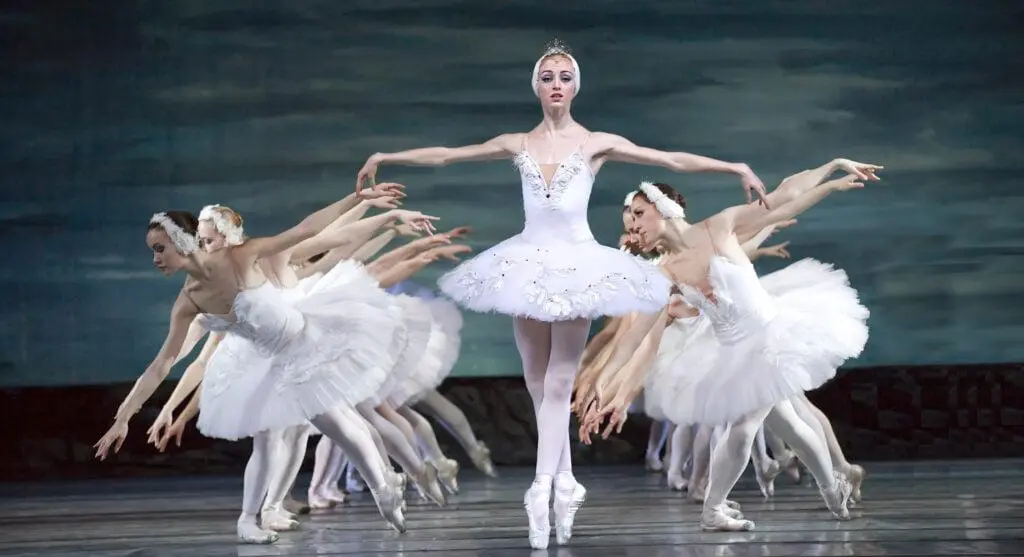
The Rise of the Imperial Russian Ballet
The establishment of the Imperial Ballet School in St. Petersburg in the 18th century marked a turning point. Figures like Marius Petipa, a French choreographer who spent most of his career in Russia, played a crucial role. Petipa’s collaborations with composers like Tchaikovsky resulted in some of the most iconic ballets, such as:
- Swan Lake: A tale of love, betrayal, and magic, it remains a cornerstone of the ballet repertoire.
- The Sleeping Beauty: Known for its lavish spectacle and technically demanding choreography.
- The Nutcracker: A Christmas classic beloved for its enchanting story and captivating music.
These ballets, rooted in Russian folklore and romanticism, are not merely performances but powerful narratives that resonate with audiences globally. The themes of love, loss, and good versus evil, often seen in Russian literature, are beautifully translated into the language of dance.
See also Italian Culture: A Blend of Art Food and History Loved Worldwide
Italian Culture: A Blend of Art Food and History Loved WorldwideRussian Ballet’s Global Reach
The impact of Russian ballet wasn’t confined to Russia. Dancers and choreographers, trained in the Russian tradition, established companies and schools worldwide. The formation of the Ballets Russes by Sergei Diaghilev in the early 20th century introduced Russian ballet to the West, revolutionizing the art form. The Ballets Russes’ avant-garde approach and collaborations with prominent artists further expanded ballet’s creative possibilities.
Furthermore, Russian ballet schools and teaching methods remain influential. The Vaganova method, developed by Agrippina Vaganova, is recognized as one of the most effective and comprehensive ballet training systems. This system emphasizes precision, strength, and artistry, and it’s used in ballet schools globally.
Russian Literature: Inspiring Narratives Across the Globe
Russian literature, known for its depth, complexity, and psychological realism, has had an immense impact on global literary traditions. From grand epics to intimate character studies, the range and influence of Russian authors are remarkable.
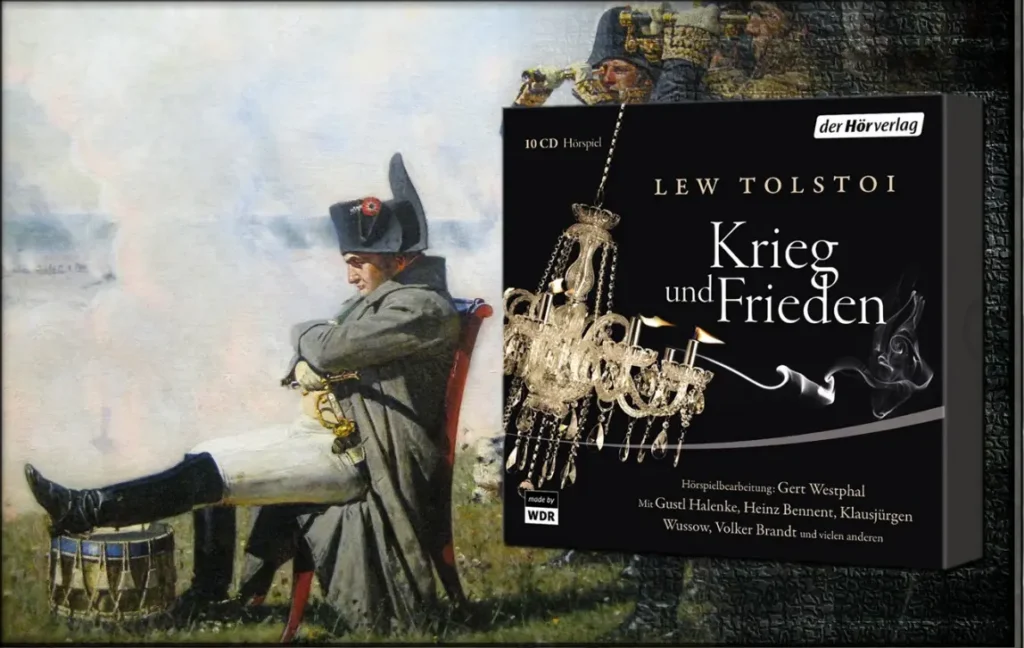
The Golden Age of Russian Literature
The 19th century is often considered the Golden Age of Russian literature, with authors like Leo Tolstoy, Fyodor Dostoevsky, and Anton Chekhov leaving an indelible mark on the world stage. These authors explored universal themes with a uniquely Russian perspective.
See also Middle Eastern Culture: Its Impact on Architecture and Cuisine Worldwide
Middle Eastern Culture: Its Impact on Architecture and Cuisine Worldwide- Leo Tolstoy: His epic novels, such as War and Peace and Anna Karenina, delve into the intricacies of Russian society, exploring themes of love, war, and morality. Tolstoy’s characters are remarkably realistic, with complex motivations and inner conflicts that resonate with readers worldwide.
- Fyodor Dostoevsky: Known for his deep psychological insights, Dostoevsky’s novels, like Crime and Punishment and The Brothers Karamazov, tackle existential questions about morality, guilt, and the human condition. His works continue to be studied and adapted, illustrating their enduring relevance.
- Anton Chekhov: A master of the short story and the drama, Chekhov focused on the everyday lives of ordinary people, portraying their struggles and disappointments with a subtle, yet profound, understanding of human nature. His plays, such as The Seagull and The Cherry Orchard, explore the themes of boredom, unfulfilled dreams, and the decline of the Russian aristocracy.
The profound influence of these authors goes beyond mere storytelling. Their exploration of complex moral dilemmas, psychological depths, and human relationships has enriched literature across genres. Their works are not just stories; they’re deep dives into the human soul.
The Spread of Russian Literary Ideas
Russian literature has been a significant influence on various literary movements worldwide. Its emphasis on realism and psychological depth influenced writers in Europe and America. The techniques used by Russian novelists, such as stream-of-consciousness and interior monologue, became staples in modern fiction.
Translations of Russian works have played a crucial role in their global impact. These translations have allowed readers to access the rich narratives and philosophical insights of Russian authors, shaping how we understand literature and the world. Russian themes often find their way into global contemporary fiction, reflecting the lasting influence of the Russian literary heritage.
Russian Art: A Tapestry of Styles and Influences
Russian art, with its rich history and diverse styles, offers a profound insight into the country’s cultural development. From iconic religious icons to avant-garde experiments, Russian artists have made significant contributions to the global art world.
Religious Iconography and Early Russian Art
Early Russian art was strongly influenced by the Byzantine tradition, particularly in the form of religious icons. These highly stylized paintings, often depicting religious figures, were not merely works of art but objects of veneration. The use of rich colors, symbolic imagery, and intricate details gave icons a powerful spiritual significance.
The influence of religious iconography can still be seen in modern art. Artists use these techniques as references, adapting and reinterpreting the traditional forms for new contexts and purposes.
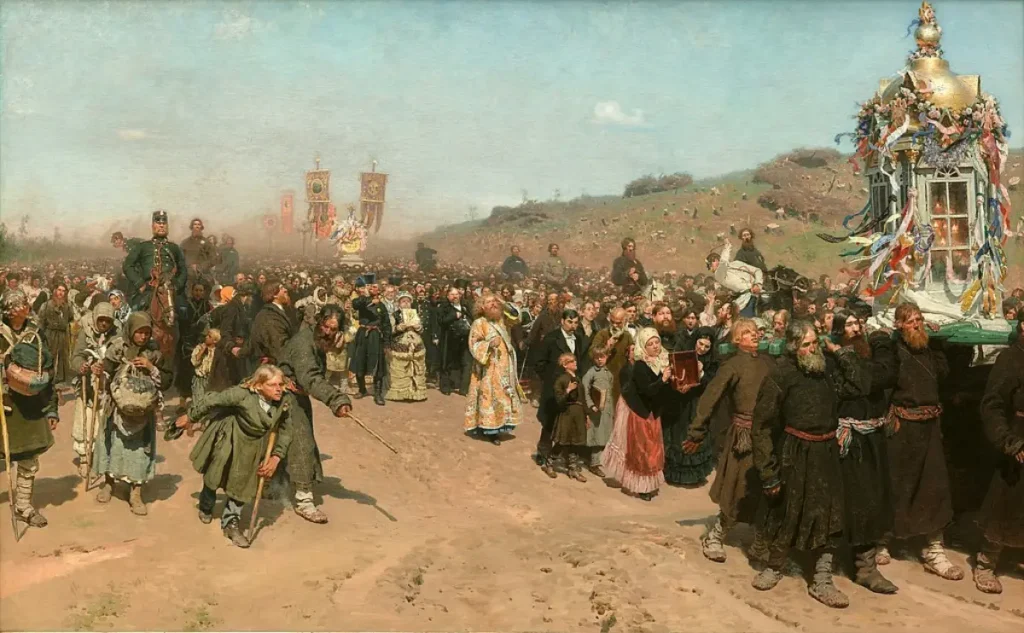
The Emergence of Secular Painting
As Russia modernized, secular art gained prominence. The 19th century saw the rise of realist painters who portrayed scenes from daily life and the landscapes of Russia. Artists like Ilya Repin, known for his socially conscious paintings, depicted the lives of peasants and workers, reflecting the social and political changes of the time. The Wanderers movement, of which Repin was a part, focused on painting life in Russia with realism and social commentary.
Landscape painting also flourished, with artists like Isaac Levitan capturing the beauty and grandeur of the Russian countryside. These works often evoke a sense of melancholy and contemplation, reflecting the introspective nature often associated with Russian culture.
The Avant-Garde and Russian Artistic Innovation
The early 20th century witnessed a wave of artistic innovation in Russia. Movements like Suprematism and Constructivism emerged, pushing the boundaries of art and challenging traditional conventions. Artists like Kazimir Malevich and Wassily Kandinsky were at the forefront of these avant-garde movements.
- Kazimir Malevich: His development of Suprematism, characterized by the use of basic geometric shapes, had a profound impact on the development of abstract art. His famous “Black Square” is considered a landmark in the history of abstract painting.
- Wassily Kandinsky: A pioneer of abstract art, Kandinsky explored the relationship between color and emotion, developing a unique style that combined elements of expressionism and abstraction. His theories on art as a spiritual experience greatly influenced modern art.
These artists’ revolutionary ideas influenced art movements worldwide, contributing to the diversity of modern and contemporary art. Their experiments with form, color, and composition pushed the boundaries of what art could be, changing the aesthetic landscape globally.
Conclusion: The Enduring Inspiration of Russian Culture
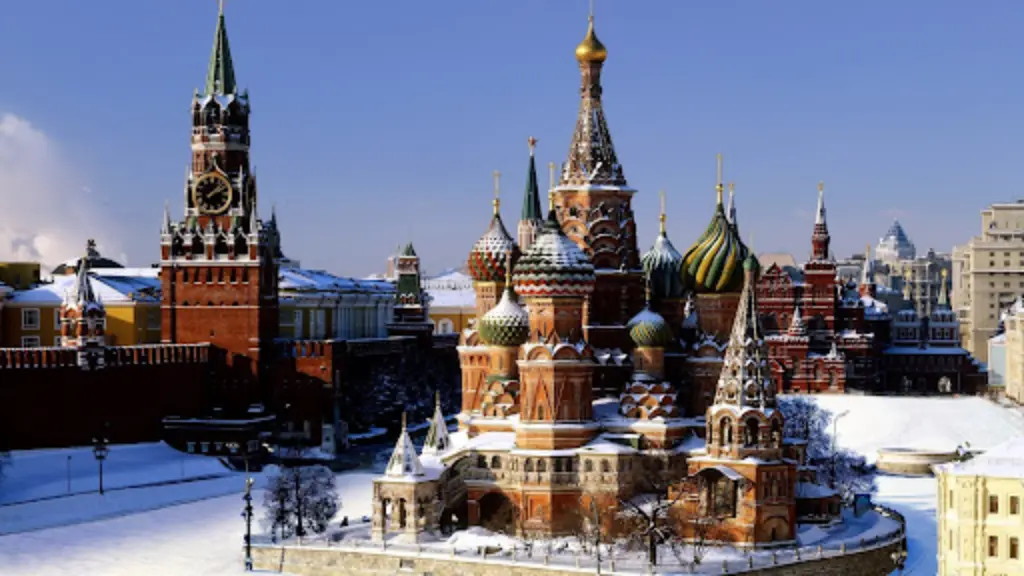
The impact of Russian culture on global ballet, literature, and art is undeniable. From the iconic ballets of Tchaikovsky to the profound novels of Tolstoy and the groundbreaking experiments of the Russian avant-garde, the influence of Russia is woven into the tapestry of global artistic expression.
The themes, techniques, and innovations originating from Russia continue to inspire artists and audiences worldwide, highlighting the enduring power and relevance of this rich cultural heritage.
The study of Russian culture offers a valuable lens through which to understand art, literature, and the human condition. Its depth and complexity provide a rich source of inspiration, demonstrating that cultural exchange can enrich and transform creative endeavors on a global scale. The impact of Russian culture transcends borders and generations, ensuring its lasting legacy in the world of arts and letters.“`

